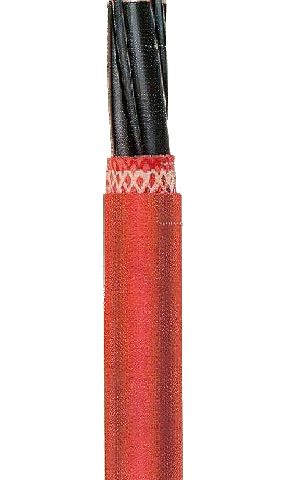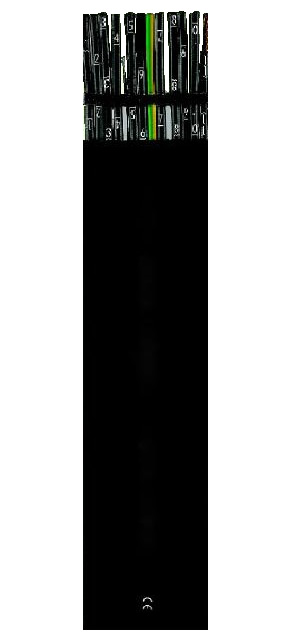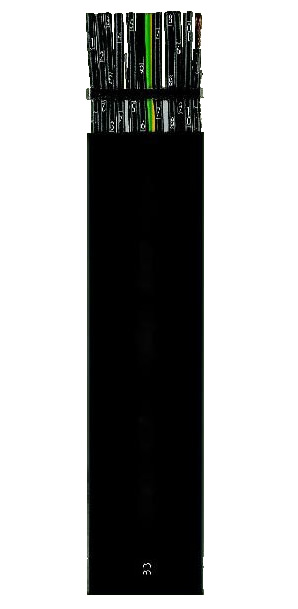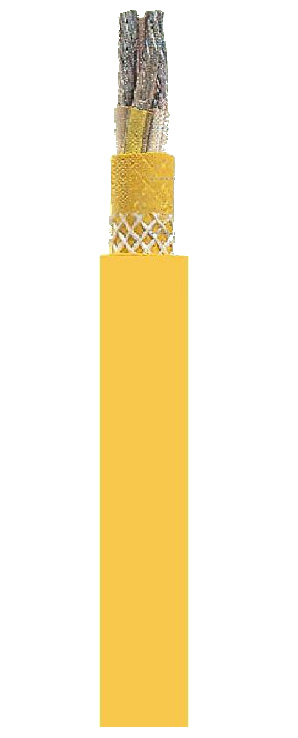(N)TSCGEWOU
Cable construction
- Electrolytic copper tinned, very finely stranded conductor to DIN VDE 0295
- Newly developed special compound based on high quality EPR (at least 3GI3) improved mechanical and electrical characteristics
- Core arrangement laid up with length of lay 7 x Ø, three-core design, protective earth conductor split into 3 in the outer filter PROTOFIRM Special: First Sheath
- Newly developed special compound based on EPR, quality at least 5GM3, also serving as water barrier; colour: red
- Reinforced braid made of polyester threads in a vulcanized bond between the sheaths. Resulting in a high strength of the sheath system. PROTOFIRM: 2nd and 3rd sheath
- A sheath system with a unique combination of flexibility and robustness has been achieved through the use of a new structure. Abrasion and tear proof special rubber compound
- Colour: bright red/red
- Weather resistant, unrestricted use on outdoors and indoors, resistant to ozone, UV and moisture
- Rated Voltage: Uo/U = 1.8/3 kV to 18/30 kV
- Max. permissible operating voltage in A.C systems: Uo/U = 2.1/3.6 kV to 20.8/36 kV
- Max. permissible operating voltage in D.C systems: Uo/U= 2.7/5.4 kV to 27/54 kV
- A.C test voltage: Uo/U = 6.0kV to 43.0kV according to DIN VDE 0250, Part 813
- EMC assured as a result of special cable design
- Ambient Temperature
- Fully flexible operation: -35°C to + 60°C
- Fixed installation : -50°C to + 80°C
- Max. permissible operating temperature of the conductor: 90°C
- Short – circuit temperature of the conductor: 250°C
- Tensile load: up to 20 N/mm²
- Torsional stresses: + 25°/m
- Minimum bending radius: According to DIN VDE 0298, Part 3
- Minimum distance with S-type directional changes: 20 x Ø
- Oil resistant to DIN VDE 0473
- Water compatibility according to HD 2216
Applicable as tail and power supply cable in the open. Also usable in dry, humid and wet zones, e.g, in construction sites and mine quarries where very high mechanical stress appears on roller conveyors, cranes and similar heavy machineries.




